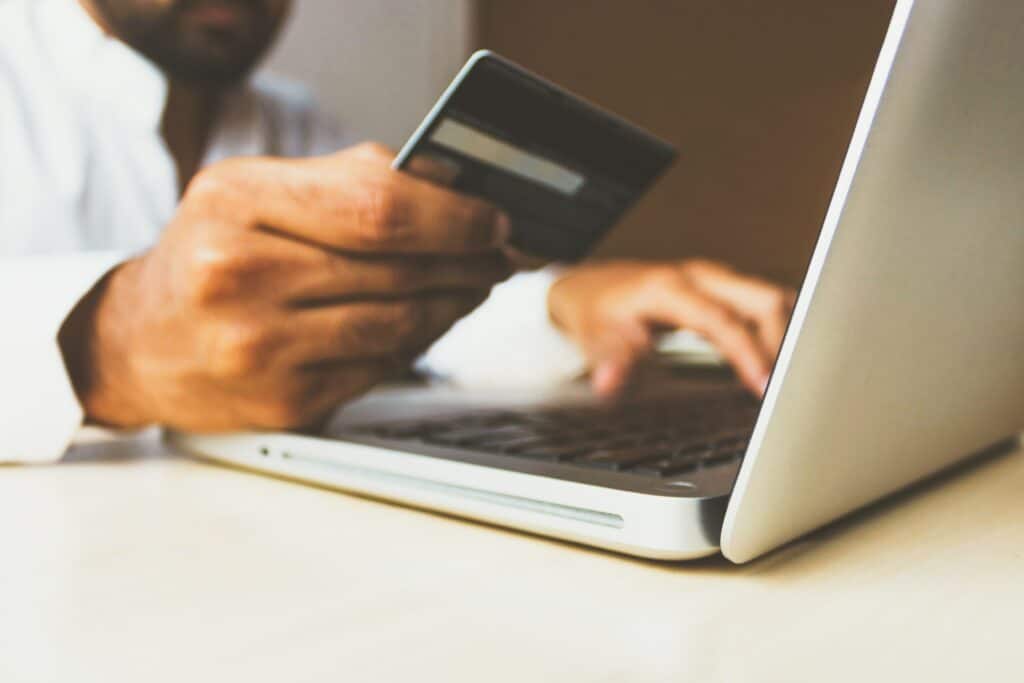There are a number of reasons why you could be looking to attain a refund following a purchase through PayPal – and we’re here to show you how.
PayPal can be a very straightforward way to send money to family and friends, as well as a secure, protected way of paying for products and services, however, there will certainly be times where some of us will need to request a refund as the product or service didn’t arrive or wasn’t as advertised.
One of the many benefits of using PayPal is that if you’re looking for a refund, or you’ve simply been scammed in some shape or form, they will fight your case for you and do everything within their power to ensure your money is returned to you or the dispute is resolved.

So, what should you do if you feel you’re entitled to a refund?
PayPal’s Purchase Protection Programme
Anyone who makes a purchase through PayPal is covered by PayPal’s Purchase Protection Programme, which ensures that if there is a problem, you can get your money back. The fundamental procedures for what to do if you haven’t received your goods or it isn’t as described are outlined on PayPal’s Help page, which we’ll get to shortly.
Never pay for goods or services through the “friends or family” option, even if the seller asks you to. This will waver your inclusion in the PayPal Purchase Protection Programme and result in the permanent loss of your funds.
On PayPal’s User Agreement page, there is a list of transaction types that aren’t covered by the Purchase Protection Plan. Houses, cars or motorbikes, gift cards, and donations, charitable or otherwise, are a few of the examples.
If you followed the correct procedure when making a purchase but the goods or services were not as expected, here’s a step-by-step guide on how to approach a refund request through PayPal:
- The first thing to do is go to PayPal’s Resolution Center. To open what the corporation refers to as a dispute, click “Report a Problem.” You have 180 days to do this from the time you originally made the purchase.
- Now that the seller knows of your intentions, you have 20 days after filing the dispute to contact the seller via PayPal to see if the situation can be handled without PayPal’s intervention.
- If the seller fails to respond or a mutual agreement is not reached within the allotted 20 days, go back to the resolution centre, locate your dispute, then click “view” then “escalate to PayPal”.
- Now that the dispute is a formal claim, PayPal will begin examining the claim and will send you updates via email as the inquiry progresses. If your claim is found to be valid, you will get a reimbursement to your PayPal account.
A claim is normally handled in approximately 30 days, according to PayPal, though it can take longer. You can follow the progress of your claim in the Resolution Centre on PayPal.
Appealing PayPal’s Decision
A claim is deemed closed once PayPal has made a decision on it. If you disagree with the decision, you have 10 days to appeal it by visiting the Resolution Center, finding your case under “Closed cases,” clicking “Appeal,” and following the appropriate procedure.
In general, a claim’s final decision is final, and it can only be challenged if new material is given that was not considered during the initial assessment.
If you want to appeal a claim’s outcome, you must do so within 10 days of the case’s conclusion by following these steps:
- Make your way back to the Resolution Center.
- Go to “Report a Problem”.
- Choose Closed Cases from the drop-down menu and look for the claim you wish to appeal.
- In the action column, select “Appeal”.
- Fill out the form for your appeal and follow the instructions on the screen.
PayPal will contact you to obtain additional information. If you don’t hear back from them right away, pick up the phone and call them, or wait a few days before contacting them again.
Pros and Cons Of Using PayPal
PayPal is a platform that efficiently connects two users that wish to exchange money, goods and services. There is no fee if you want to transfer money to friends and relatives, however, if you’re transferring money as part of a purchase or as payment for a service, PayPal will deduct a small processing charge before delivering the remaining funds to the receiver.
If you operate a business and want to accept PayPal as a payment method, you must first set up a PayPal Business account. While a personal PayPal account may be used to sell items, if you operate a business and want to simplify your operations, a PayPal Business account may make more sense. Both types of PayPal accounts include fraud protection, improved security, and transaction encryption.
Pros
- PayPal is simple to use and is a great method to transfer money to friends and family.
- There are no costs associated with sending money to friends and relatives.
- PayPal encrypts your bank or payment card information, ensuring its security.
- When you pay using PayPal, you get an added layer of security and fraud protection. If you pay for something with PayPal and it turns out to be a scam, PayPal can assist you to get your money back.
Cons
- While sending money to friends and family via PayPal is free, you will be charged fees if you are sending money via PayPal as part of a commercial transaction.
- PayPal has a bad reputation for being ruthless when it comes to account freezes. If they decide to put a hold on your account, they will keep your money until you can show that you did nothing wrong.
- If you want quick access to your money, PayPal charges a 1% fee; a free bank transfer takes several days.


